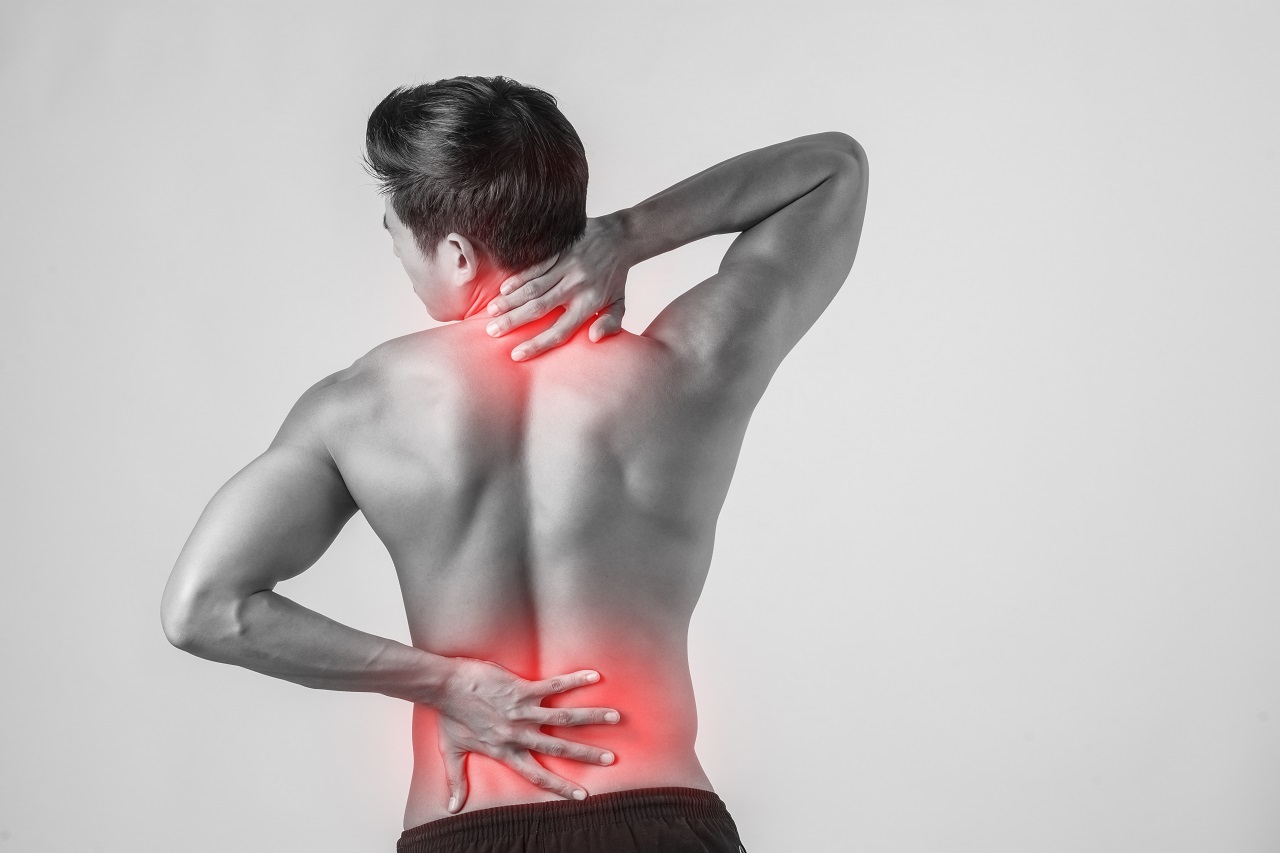Pain is a shared occurrence that can greatly impact our everyday lives. Whether it's a unexpected wound or a long-term condition, the quest for successful pain management is a frequent struggle shared by numerous individuals. In the face of this challenge, various therapies have emerged, each claiming relief and greater quality of life. Among these choices, acupuncture has attained popularity as a natural option for pain relief, often surrounded by myths.
This article seeks to explore the role of acupuncture in pain relief, delving into the most widespread myths and uncovering the facts supported by empirical studies. We will provide a detailed guide on pain management, covering multiple types of pain, treatment options, and non-traditional therapies. By grasping the mechanisms behind pain and the integrative approaches available, we can empower individuals to make wise decisions about their pain management strategies. Come with us as we travel through the intricacies of pain, focusing on both established methods and advanced solutions in the pursuit of comfort.
### Comprehending Discomfort plus The Types
Discomfort represents a multifaceted plus multifaceted occurrence that acts as a crucial alert indicator from the physical self . It is characterized as an distressing perceptual and affective sensation associated with actual as well as potential tissue damage . Grasping suffering is essential for efficient handling plus alleviation , because it can profoundly influence a person's standard of living . Recognizing the different types of pain can help in deciding on appropriate interventions and therapies to meet specific requirements .
We have primarily a couple of categories of discomfort : sharp and ongoing . Intense discomfort often is usually short-lived plus often results from a specific damage as well as illness . It serves a bodily function , signaling the organism to harm that requires urgent attention . On the other hand , persistent suffering endures for greater times , commonly extending beyond 3 , plus might go on even subsequent to the original harm is healed . Chronic pain can be more difficult to handle, since it might not show a clear cause as well as might influence mental well-being .
Besides intense as well as chronic suffering, exist several particular types of pain that call for various methods to handling. Somatic discomfort originates from bodily damage to body structures , while neuropathic suffering results from nerve harm, leading to atypical pain sensations. There is also psychological pain , which arises from emotional or mental issues as opposed to physical harm. Acknowledging these distinctions helps clinicians to tailor their therapy strategies successfully, ensuring more effective pain control as well as enhanced individual outcomes .

Pain Relief Methods and Treatments
Pain management encompasses a variety of strategies and therapies designed to reduce discomfort and enhance quality of life for patients suffering from acute or chronic pain. Traditional methods, such as drugs, play a critical role in pain management; however, many people are seeking other options due to concerns over narcotic dependence and adverse effects. The integration of complementary approaches, including physiotherapy, chiropractic treatment, and massage therapy, can provide beneficial relief by addressing underlying issues and promoting overall well-being.
Acupuncture, a key component of alternative medicine, is gaining popularity as an effective method for pain relief. By triggering specific points on the body with thin needles, this technique can help release endorphins and regulate the flow of energy. Many patients report substantial reductions in pain, particularly for conditions such as arthritis, headaches, and lower back pain. Understanding how acupuncture works in conjunction with other therapies can provide a integrated approach to managing pain.
In the last decade, innovations in pain management techniques have emerged, including interventional methods like nerve blocks and radio frequency treatment. These less invasive procedures offer focused relief for long-term pain by interrupting pain signals sent to the brain. Additionally, combining these interventions with lifestyle modifications, such as exercise, meditation, and dietary changes, can create a complete pain management plan that addresses both the physical and emotional aspects of pain.
## Complementary Treatments and Daily Living Practices
Exploring complementary therapies may provide substantial gains to those patients in search of relief against suffering. Needling, for, has gained notoriety due to its capability for alleviate different kinds of pain by activating particular points on the physical form. The historic technique intends for the purpose of reestablish harmony while encourage the physical body's inherent restorative mechanisms, offering one option to individuals seeking non-medical solutions. Several individuals have noted gains in both acute and acute plus persistent conditions disorders, rendering the practice a valuable contribution to suffering management methods.
Adopting health modifications might also serve an vital part in addressing suffering successfully. Consistent physical activity, adapted according to individual needs, might fortify muscles and improve range of motion, lessening general discomfort. Practices like gentle yoga plus gentle stretches not just enhance physical health and help with controlling stress, which might be a cause to pain. try this web-site plays a part into effect; choosing an anti-inflammatory diet abundant in fresh fruits, green vegetables, as well as healthy fats may further support relief from pain as well as total health.
Mindfulness as well as relaxation methods must not be ignored within a comprehensive pain management plan. Incorporating techniques such as meditation, controlled breathing, and muscle relaxation techniques may help individuals deal in facing the mental aspects related to discomfort. By fostering serenity plus mitigating anxiety, these methods can boost the success of other treatments, leading to a complete method that underscores the significance in the connection between mind plus body for pain control.
